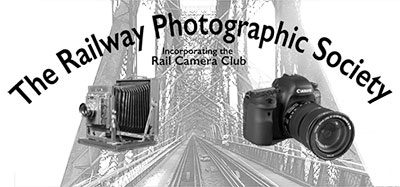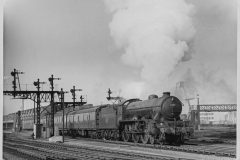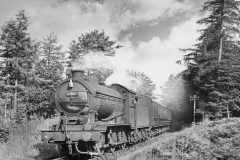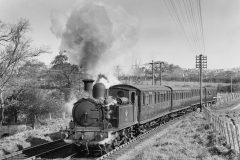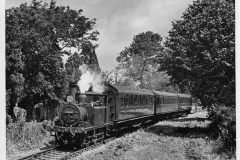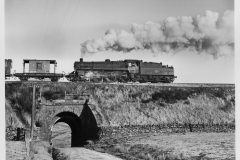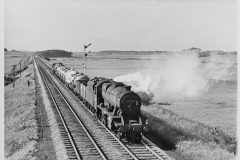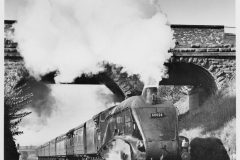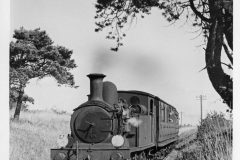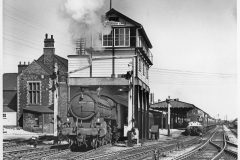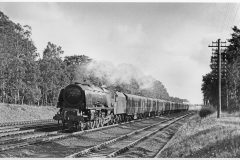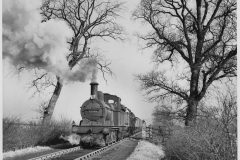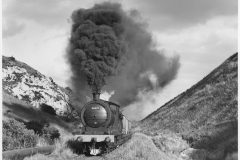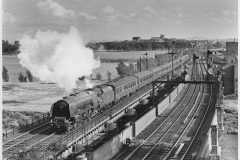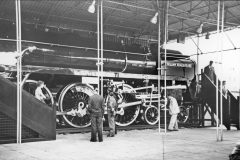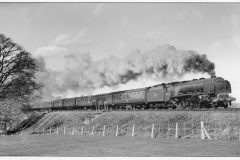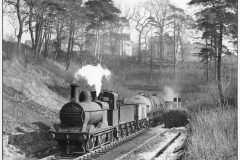About Stephen Crook
Stephen’s first interaction with a camera and steam locomotive occurred in 1950, but he did not commence serious photographic activities until much later, becoming a member of the Railway Photographic Society in 1959. His initial concentration on the older locomotives changed around 1963 when he realised that the more modern designs were disappearing quickly, and with the demise of main-line steam traction in the UK in 1968 he turned his attention to the steam-hauled trains still operating in certain countries around the world.
While reading classics at university in the 1950’s he contributed to the photographic competitions held by the Cambridge University Railway Club and on at least one occasion swept the board by winning first, second and third places.
Stephen wrote that his photographic philosophy was to obtain pictures that were as good a record as possible of the older engines at work, as sharp as possible and as pictorially pleasing as he could make them. His first camera was an Ensign Selfix, which had a fastest shutter speed of 1/100th of a second, but this was not important as he was not concerned with moving trains initially. However, by mid-1950 he had graduated to some folding cameras – with speeds of up to 1/250th – before acquiring an old Geortz Anschutz plate camera with a Tessar lens for about £20 in 1958! While the plates it produced resulted in better quality, the camera was unfortunately not as reliable as it should have been, so he bought a Super Ikonta, the camera of choice around 1960. He used this camera until June 1968, having reverted to the plate camera for a period in 1961. His Ikonta ‘died’ in sympathy with the imminenet end of BT steam!
When the original RPS was wound up by its founder Maurice Earley after the end of main-line steam, Stephen was instrumental in the formation of the Railway Camera Club, and he continued as its Secretary until his untimely death in November 2011.
Although he never embraced (an understatement!) digital technology, Stephen was expert in creating stunning images in the darkroom, many years before digital editing had been thought of. We owe a great debt to Stephen as without his determination to keep the spirit of the RPS alive, the RCC (now once again the RPS), would not exist today
David Gibson
All images in this gallery ©Railway Photographic Society collection & ARPT/CRA
